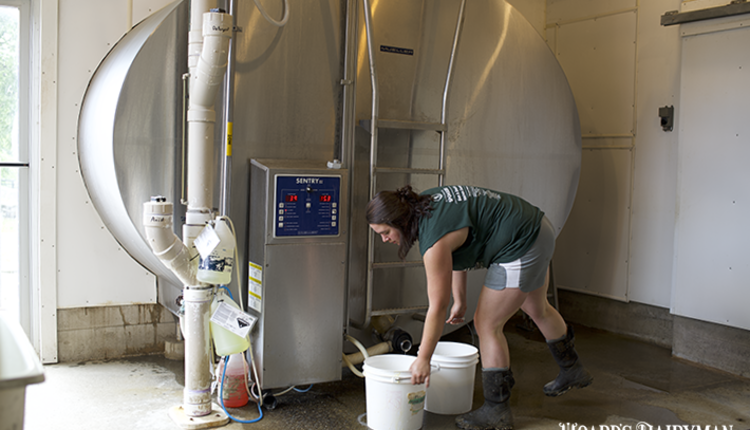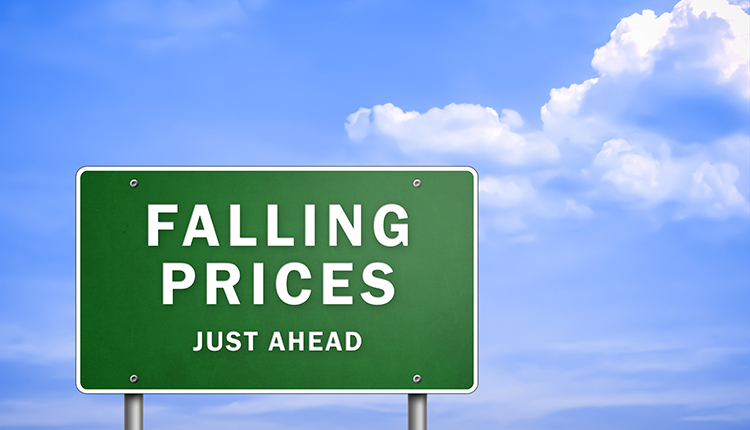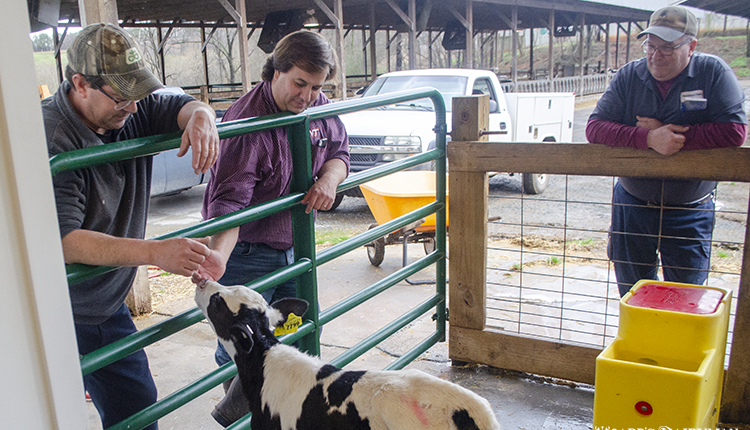If you want to initiate a good debate at the coffee shop, talk about farm size and what is better — the small or large herd. The debate has merit in better understanding economies of scale, specialization versus diversification, technology adoption, risk tradeoffs, environmental impact, and a whole lot more. However, one part of the debate sometimes gets lost — regardless of herd size, opportunities to enhance profitability may exist for all.
Figures 1 through 4 reflect data from 2014 to 2016 by herd size from Wisconsin dairy farms. Regardless of herd size, there is variation in return on assets, milk prices, milk production per cow, and costs of production. Variation means somebody is getting a higher price, lower cost of production, and/or more milk per cow. That variation may be due to quality of resources or other environmental factors not within the farm manager’s control. However, at least some of the variation could mean there’s opportunity to nudge results toward the more favorable end of the range!




For example, Table 1 shows the profits of a 150-cow operation selling 24,000 pounds of milk per cow based on a range of prices and costs of production for the 100 to 199 herd size farms. While Class III prices are given, some parts of the basis that is added to the Class III price to get the mailbox price can be affected by a farm’s decision makers (such as somatic cell count, components, and marketing). There is give and take between production and costs of production, but there may be a place for management to have impact (including negotiated prices, feed efficiency, and breeding programs, to name a few).

There is a place for debate of the economic, sociological, and environmental impacts of farm size. However, while that debate continues, there is potential opportunity for management impact at any farm size. Meticulous attention to costs, marketing, and production are still part of the formula for improved profitability regardless of farm size.








